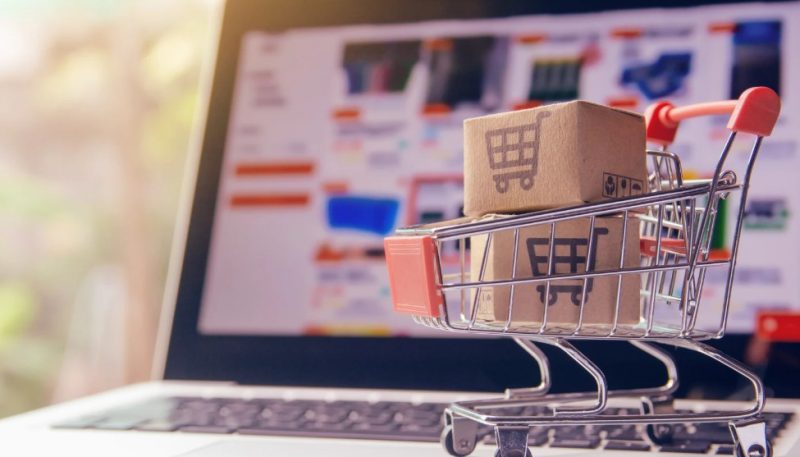E-commerce offers a lot of opportunities for aspiring entrepreneurs. There is one particularly popular model with the recurring acronym POD. This model enables virtually anyone to sell a product in a personalised way without inventory.
With a platform like Shopify, anyone can develop a retailer and begin advertising specialised products. In this post, we will discuss vital things you should do to set your Shopify POD store for success! Let’s jump in!
How to Set Up a Successful Shopify Print on Demand Store?
Understanding Print on Demand
Print on demand refers to a business model in which goods are only created after a customer places an order. We can be bulk-free this way, thus no capital investment.
The products vary from t-shirts to mugs to phone cases, all of which have specific designs that can be changed. Working with a reputable Shopify print on demand vendor guarantees quality merchandise that hits the mark with customers.
Choosing the Right Niche

By having a specific niche, you are more likely to reach a target audience, which will allow for a greater chance of success. Choose a niche, find hobbies, look out for market trends, and find what the customer wants.
The purpose of researching popular niches is to inspire yourself for a niche, but in many cases, more possibilities appear if you find an underserved market. Balance passion with profitability.
Setting Up a Shopify Account
The first step in creating an online store is setting up a Shopify account. Shopify is quite user-friendly, which makes it easier for beginners. First, you need to create an account and choose a plan based on what your business needs.
Every plan offers a different set of features, so keep in mind things like price/budget, sales volume you expect, and functionality you require.
Designing the Store

If the store is designed properly, the customers will be attracted and will be interested in exploring the products. The first step is to pick a theme that matches the brand and will appeal to the target audience.
There are many themes, free or premium, that Shopify offers to match your style. Personalise the selected theme with colour and font configurations and layout settings. Make sure the store looks beautiful, high quality, and easy to navigate so customers get an effortless shopping experience.
Adding Products and Designs
So you have your store up and running; the next step is to add products and designs. Partner with a print on demand service provider and choose the products that suit the niche.
Use graphic design tools you can find on the internet or hire a designer to create some unique designs. Invest in good-quality images and descriptions for informative listings. You might also want to provide many designs to suit other preferences.
Payment and Shipping Method Setup
This improves the customer experience by providing convenient payment and shipping options. Shopify works with multiple payment gateways so that customers can choose their preferred method.
Enable payments like credit cards, PayPal, or digital wallets. Consider the capabilities of your print on demand provider to set shipping rates and delivery times. Well-defined shipping policies create trust and minimise disputes.
Optimising for SEO

First and foremost, do keyword research to see what terms customers might be searching to find products like yours. Naturally, use these search keywords in product titles, descriptions, and on-page copy.
Use alt text for images and write blog posts that are valuable to the audience. Updating content regularly and tracking SEO performance helps you be visible in search query results.
Marketing Strategies
Marketing strategies help to drive customers. Make social networks to show off some products and contact potential customers! Also, think about running some paid ad campaigns to expand your reach.
Work with niche influencers to promote the products through their reach and authority on the topic. They help nurture the customer relationship and encourage repeat purchases through email marketing campaigns.
Analysing Performance
Store performance typically shows signs of successful features and offers possibilities for improvement that could make all the difference. Track sales, traffic sources, and customer behaviour using Shopify analytics.
Spot high-converting products to concentrate on promoting them even more. Second, get customer feedback to know what is wrong and change it. The store remains competitive and profitable through ongoing evaluation and optimisation.
Conclusion
Creating a Shopify print on demand store is neither simple nor easy. Entrepreneurs can build a powerful base by offering a print on demand store, introducing themselves to the model, deciding on what niche to focus on, and having an attractive design.
Strategies for marketing, SEO, and analyses further expand growth. A main example of this is a strategy that prioritises customer loyalty and satisfaction, as these two elements guarantee sustainability.







